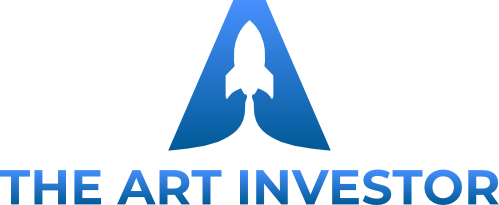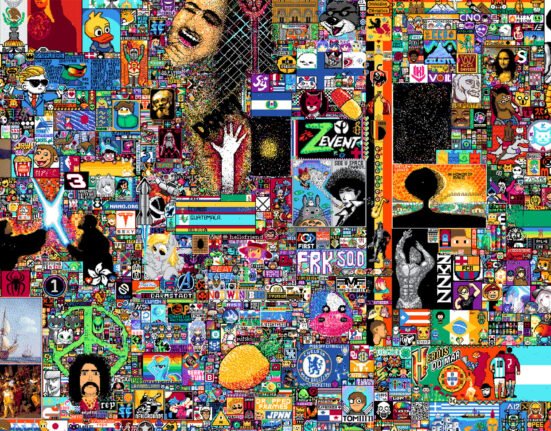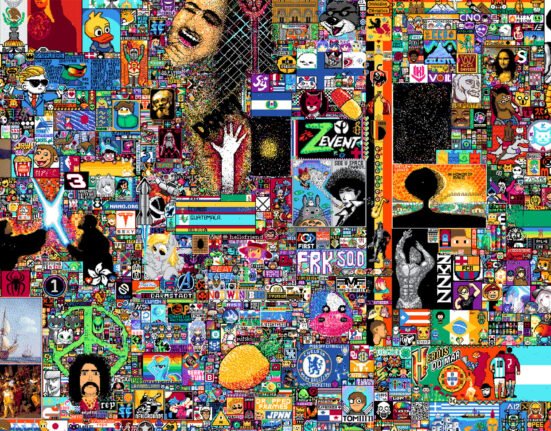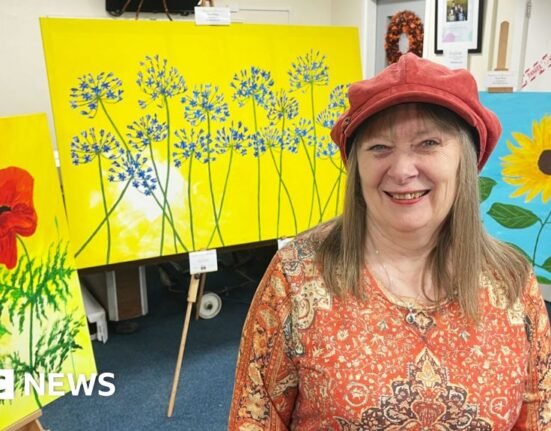Digital art has been bruised by two acronyms rich with uncertainty, NFTs and AI, each adding a layer of obfuscation to the endeavours of anyone working in pixels rather than paint. True ‘generative art’ – that is to say, procedural art created by hand-crafted code – has therefore suffered, de-platformed and overwhelmed by AI slop and dubious get-rich-quick schemes.
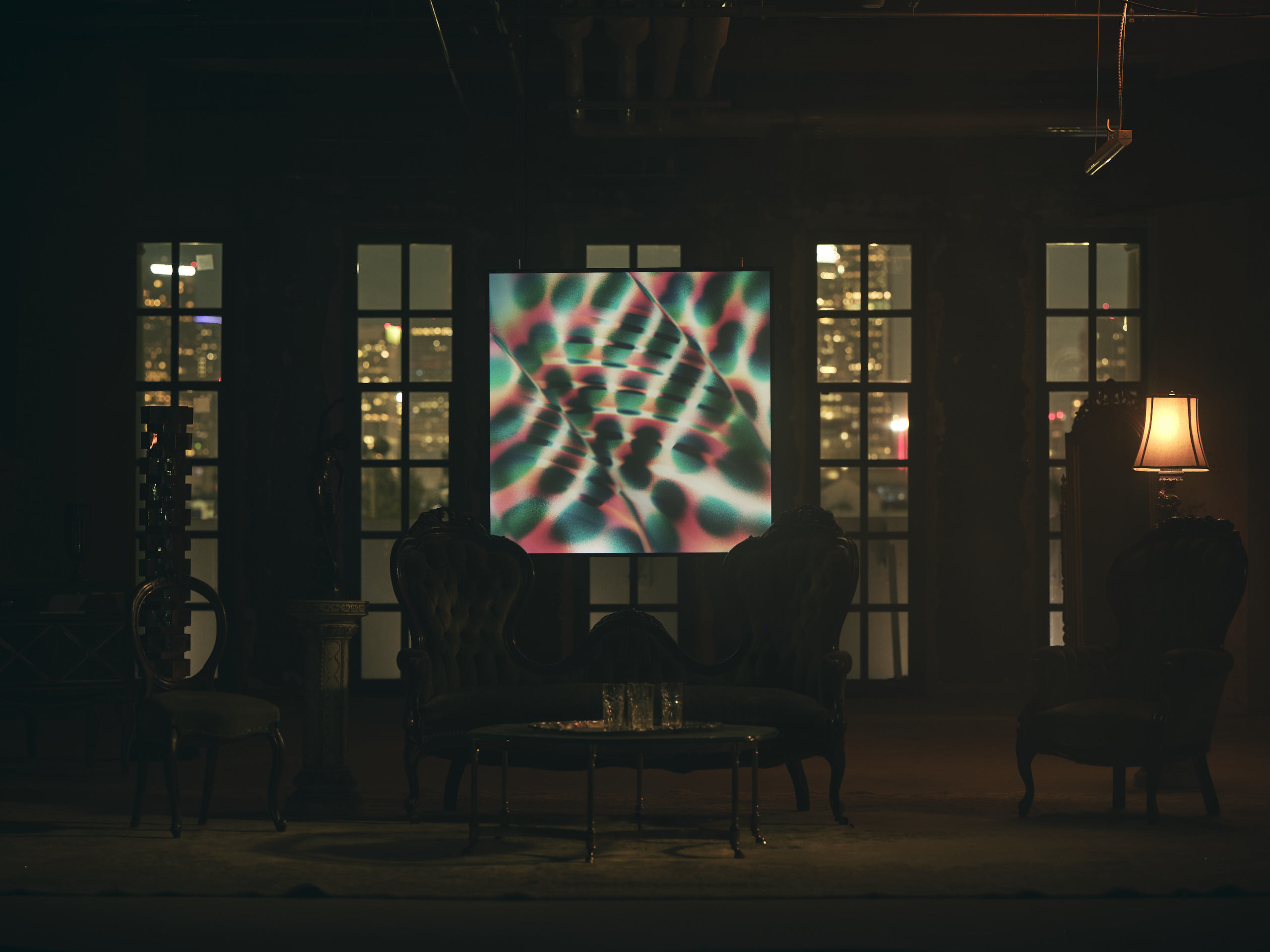
The Layer Canvas displaying ‘Blind Spots’ by Shaderism
(Image credit: Layer)
Attempting to right these wrongs is the starting for a new digital platform, Layer Canvas, a start-up initiated by Deviant Art founder Angelo Sotira. With industrial design by Will Howe at Demo, the Layer Canvas is billed as the first true dedicated platform for digital art, a museum-quality 1.1m2 display contained within an aluminium frame that’s distinct from a regular flat screen.
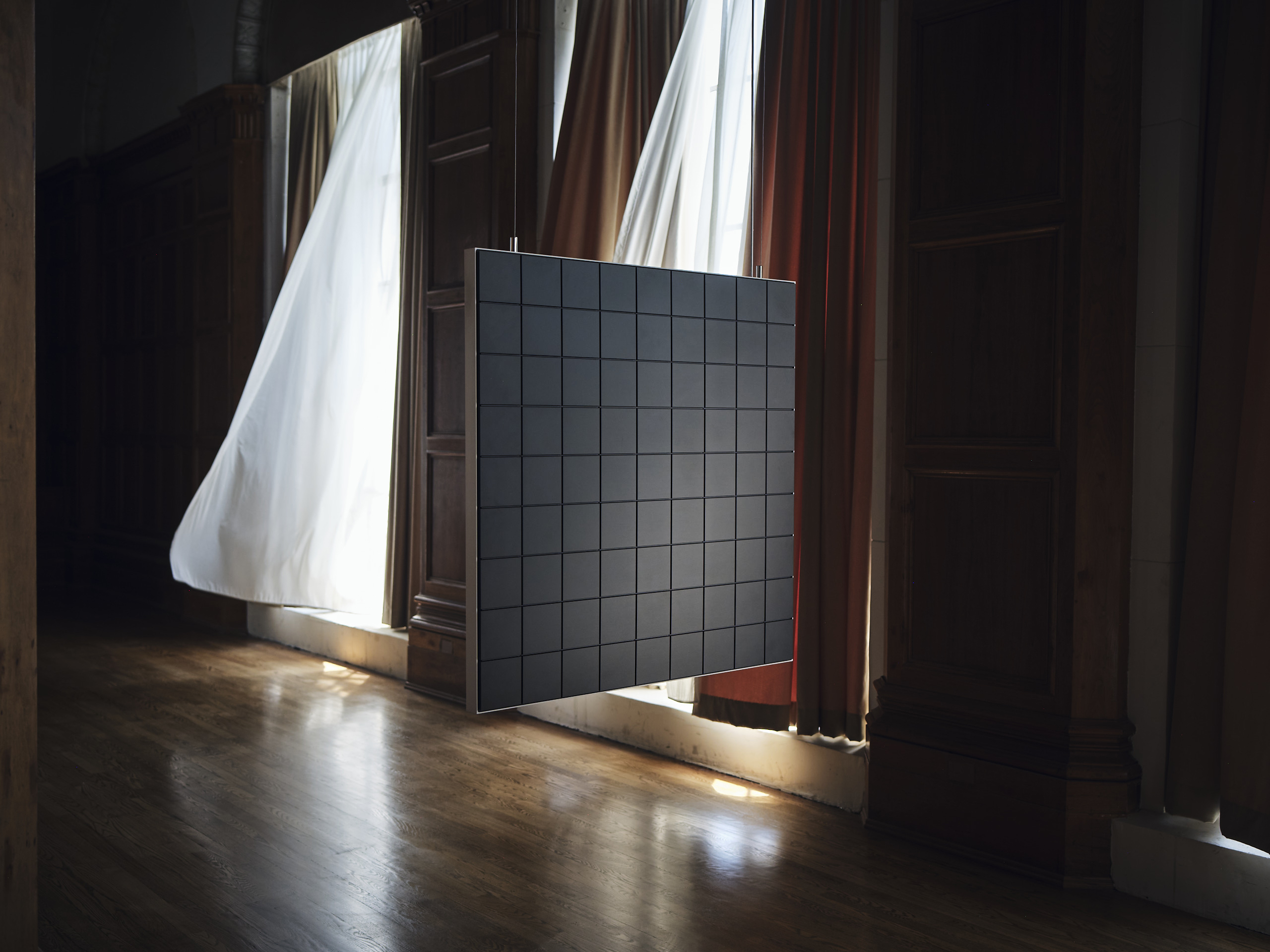
The Layer Canvas, rear view
(Image credit: Layer)
In fact, the Layer Canvas is a computer you hang on your wall, incorporating not just a high-definition museum grade screen but all the processing power required to drive generative artworks – ‘painted in code’. The aluminium frame conceals a dedicated GPU that enables the canvas to run real-time code-based art from a growing library of unique pieces, all curated by the platform.
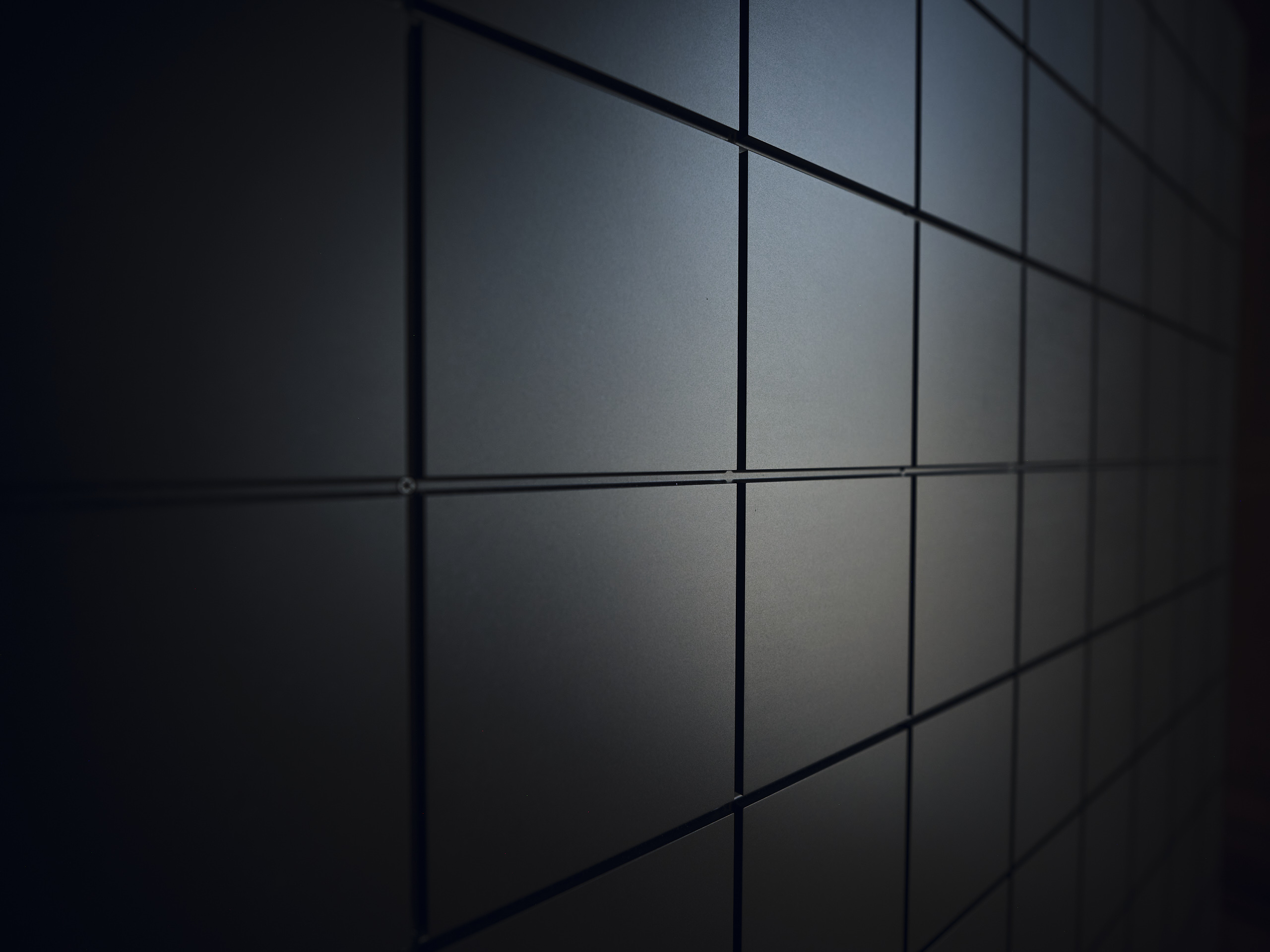
The Layer Canvas, rear view (detail)
(Image credit: Layer)
‘The clarity is on another level compared to video,’ says Howe, ‘there’s no compression or artefacts.’ In fact, this kind of all-in-one platform has never existed before, beyond using a powerful computer hooked up to a separate screen.
The team approached artists working with code to find out what they wanted from a dedicated platform, and this was the result, a very intentional surface for art – with no sound, no family photo albums, weather, TV or other distractions. The 1:1 ratio was also a deliberate move away from the filmic 16:9 and other traditional media ratios.
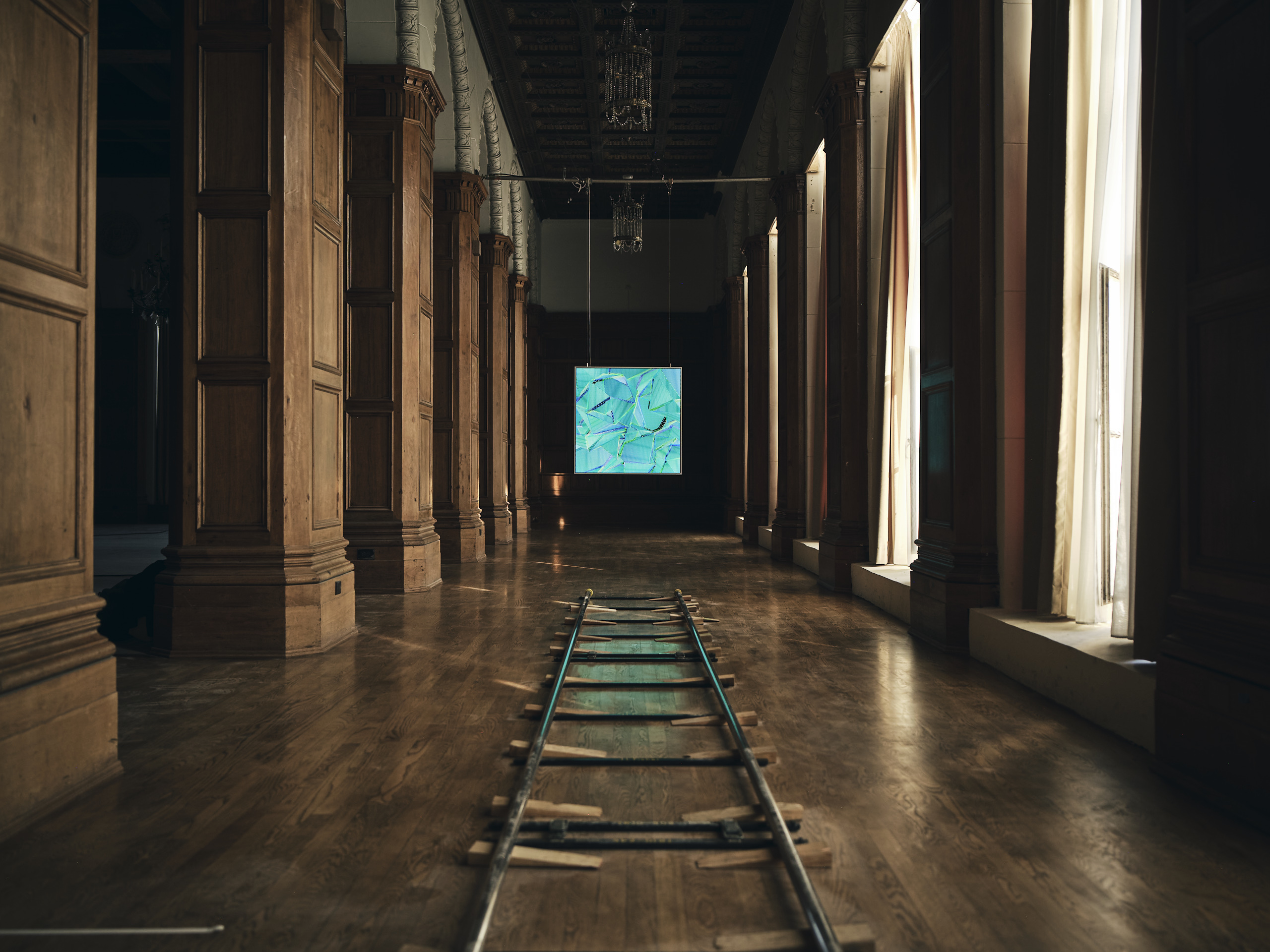
The Layer Canvas, showing ‘Untitled’ by Casey Reas
(Image credit: Layer)
Howe’s studio was also involving in the branding and business plan, in addition to the industrial design. Back when he was working at Map Project Office, Howe was on the team that developed the Sky Glass television, a project that brought plenty of close involvement with the fast-moving display sector.
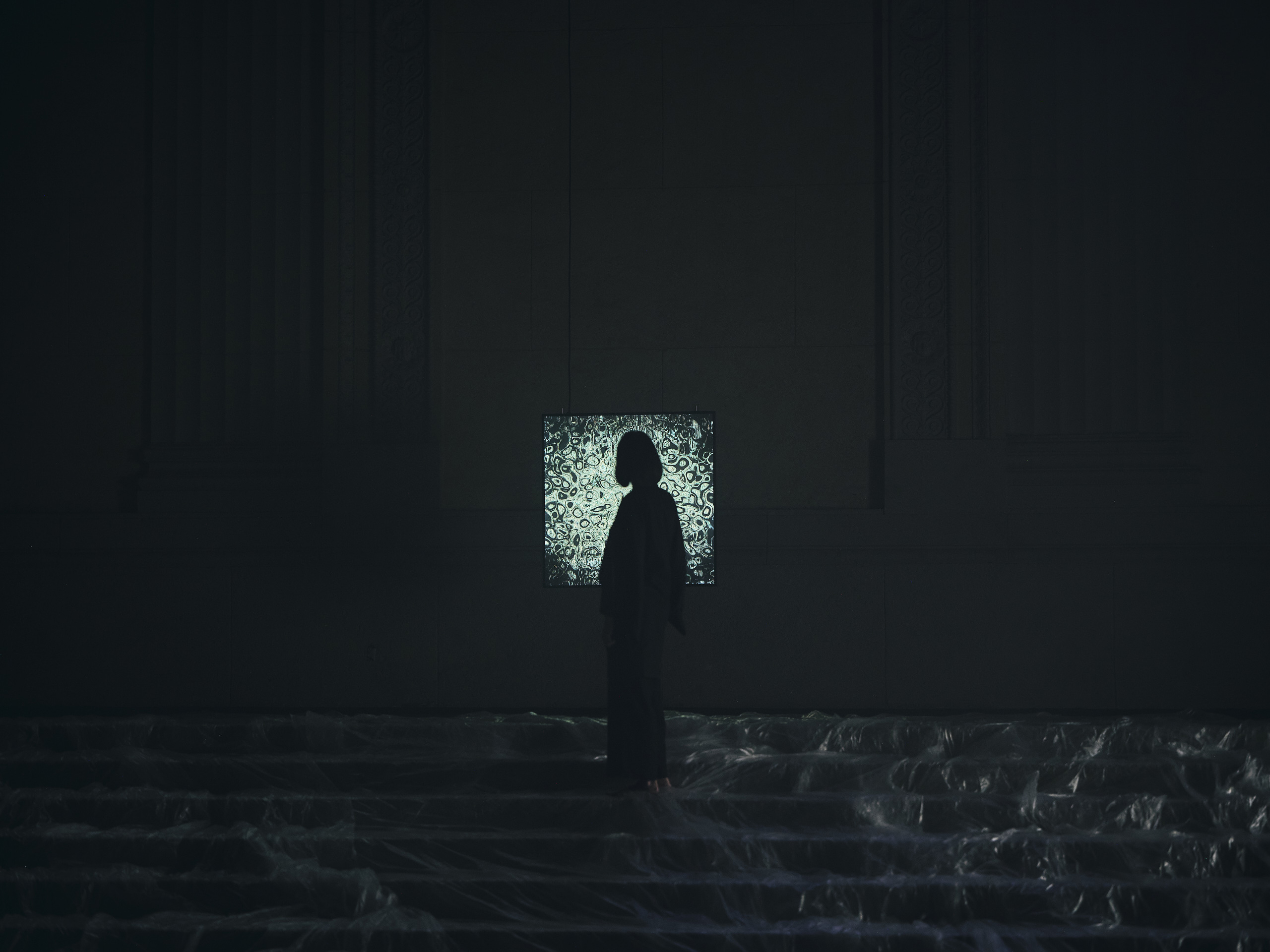
The Layer Canvas, showing ‘Malformed’ by Lake Heckaman
(Image credit: Layer)
‘It’s a very high-performance back-lit LED panel,’ the designer says of the Layer system, ‘it’s always on and has anti-glare coating and a high contrast true black display to do the art justice.’ Other aspects of the design focused on performance and precision, such as the relatively thick panel, rather than a tech-centric sophistication. ‘The 1:1 ratio takes it away from the language of television,’ Howe says, ‘it’s designed to hang on the wall, or on a picture rail just in front of a wall, or even as a room divider.’
To achieve the latter, the rear panel had to look as good as the front, so a gridded design was chosen to make it feel more sculptural and elegant, with Donald Judd cited as an inspiration. ‘It feels more like an ornament for the home, not a fixture that’s just stuck on,’ Howe says. ‘We didn’t want it to feel like a piece of tech – it’s totally passive.’ Layer’s CCO Ben Wolstenholme describes the panel as being like a fireplace – a ‘reassuring presence.’
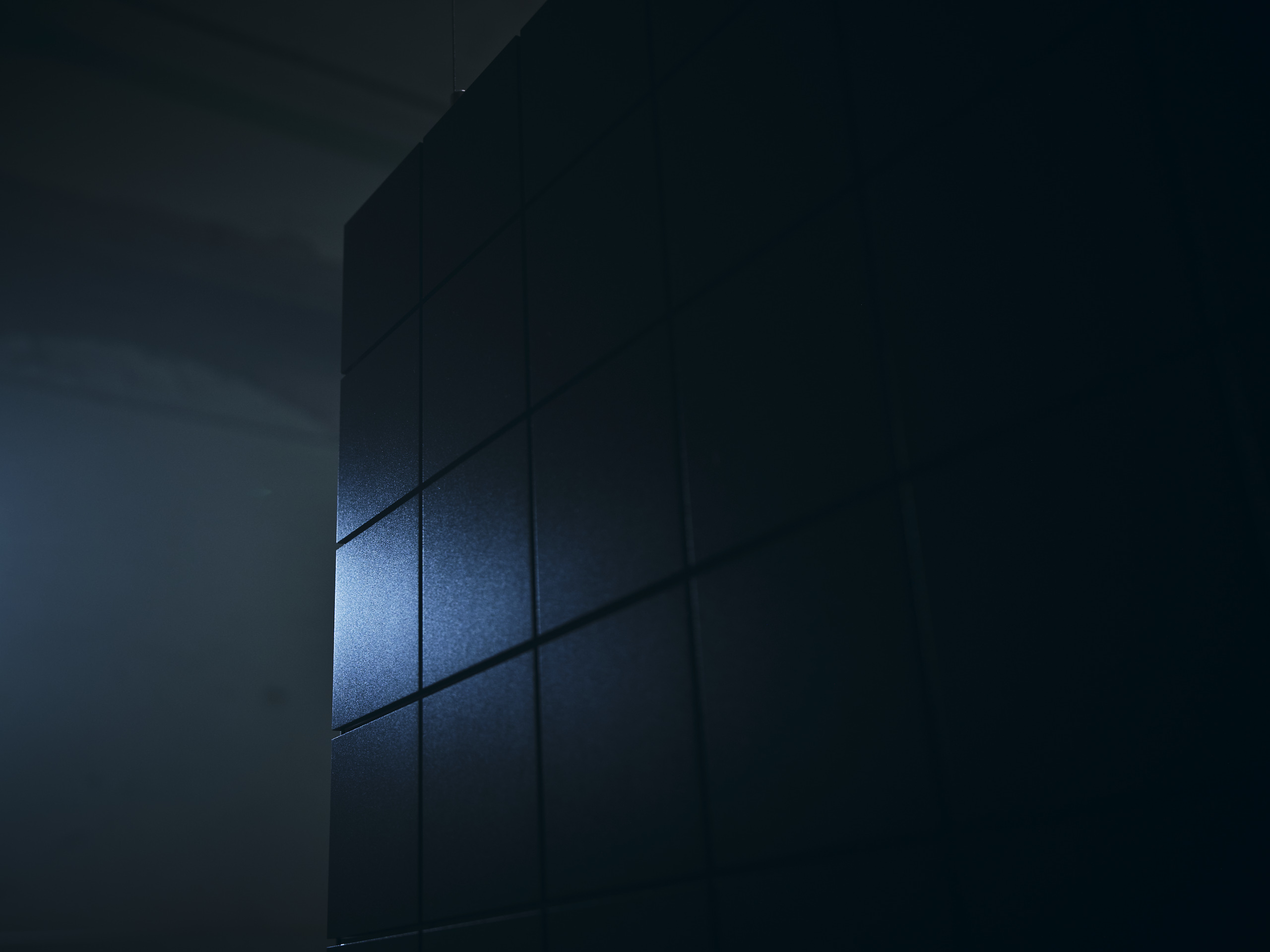
Ther rear of the Layer Canvas
(Image credit: Layer)
The art itself is perhaps something of an acquired taste. One of the driving forces behind the project is the American artist and coder Casey Reas, a professor in the Department of Design Media Arts at the University of California, Los Angeles, as well as a practitioner and the co-creator (with Ben Fry) of Processing, an open source ‘software sketchbook’ that is the computational heart of much of the work on display. ‘At the beginning, we went to some of the foundational people in generative art,’ says Wolstenholme, ‘Casey said that ‘I’ve waited all my career for this…. basically, it’s the best their art has ever looked.’
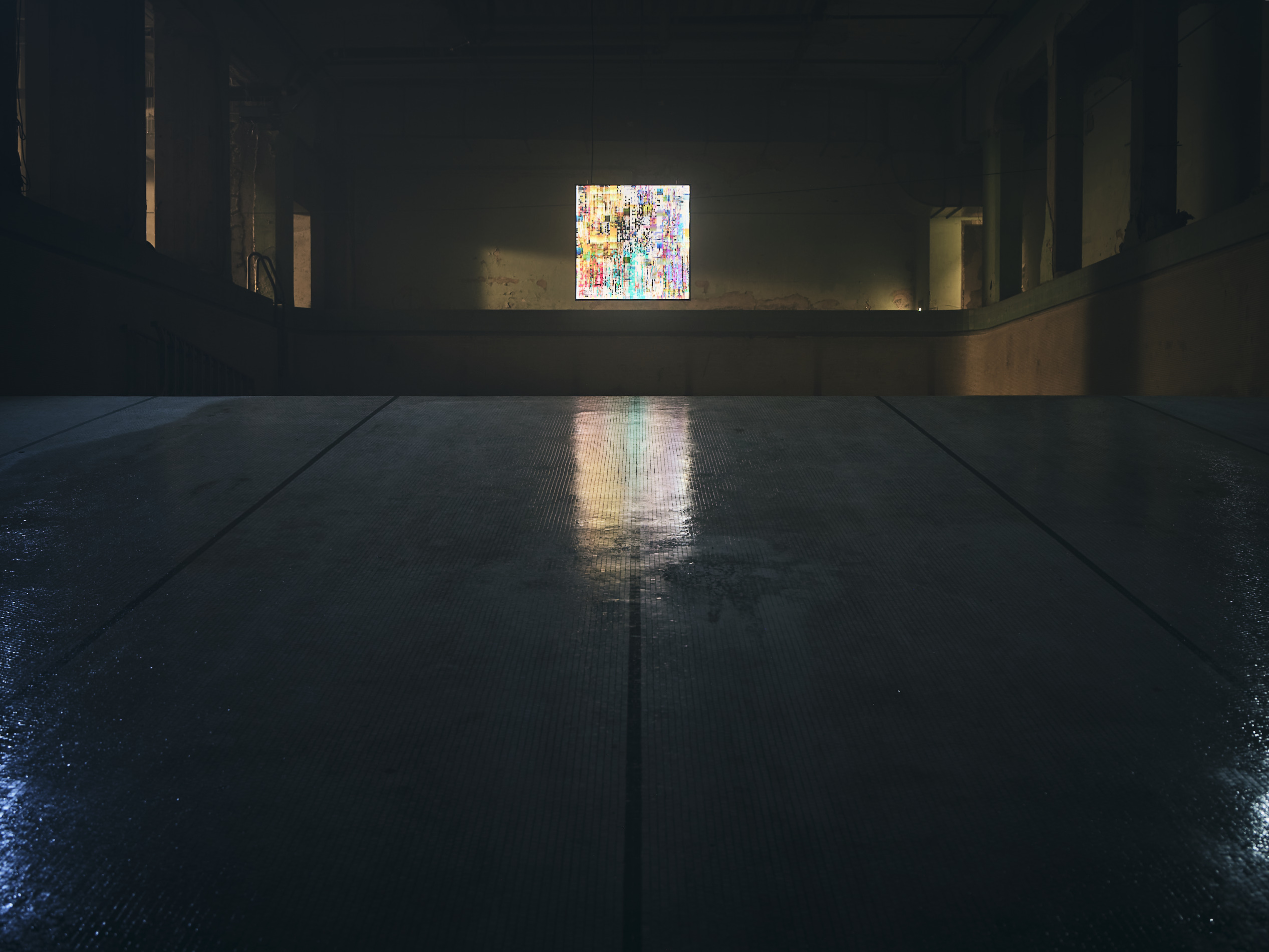
The Layer Canvas, showing ‘Linear Memory’ by Toxi
(Image credit: Layer)
Many of the available pieces, including works by Reas, Andreas Nicolas Fischer, Anton Dubrovin, Arttu Koskela and more, evolve slowly, as if an abstract expressionist canvas was subtly shifting and changing throughout the day. Some run through cycles, others never repeat, and a ‘playlist’ can be created on the accompanying app with mood recommendations.
Many of the pieces are interactive, with parameters that can be changed via the app, ranging from forms and colour through to the speed of iteration. What’s more, Layer’s subscription model allows for artists to receive royalties based on how long each piece is ‘viewed’ by the subscriber base. Canvas is a progressive platform in more ways than one.
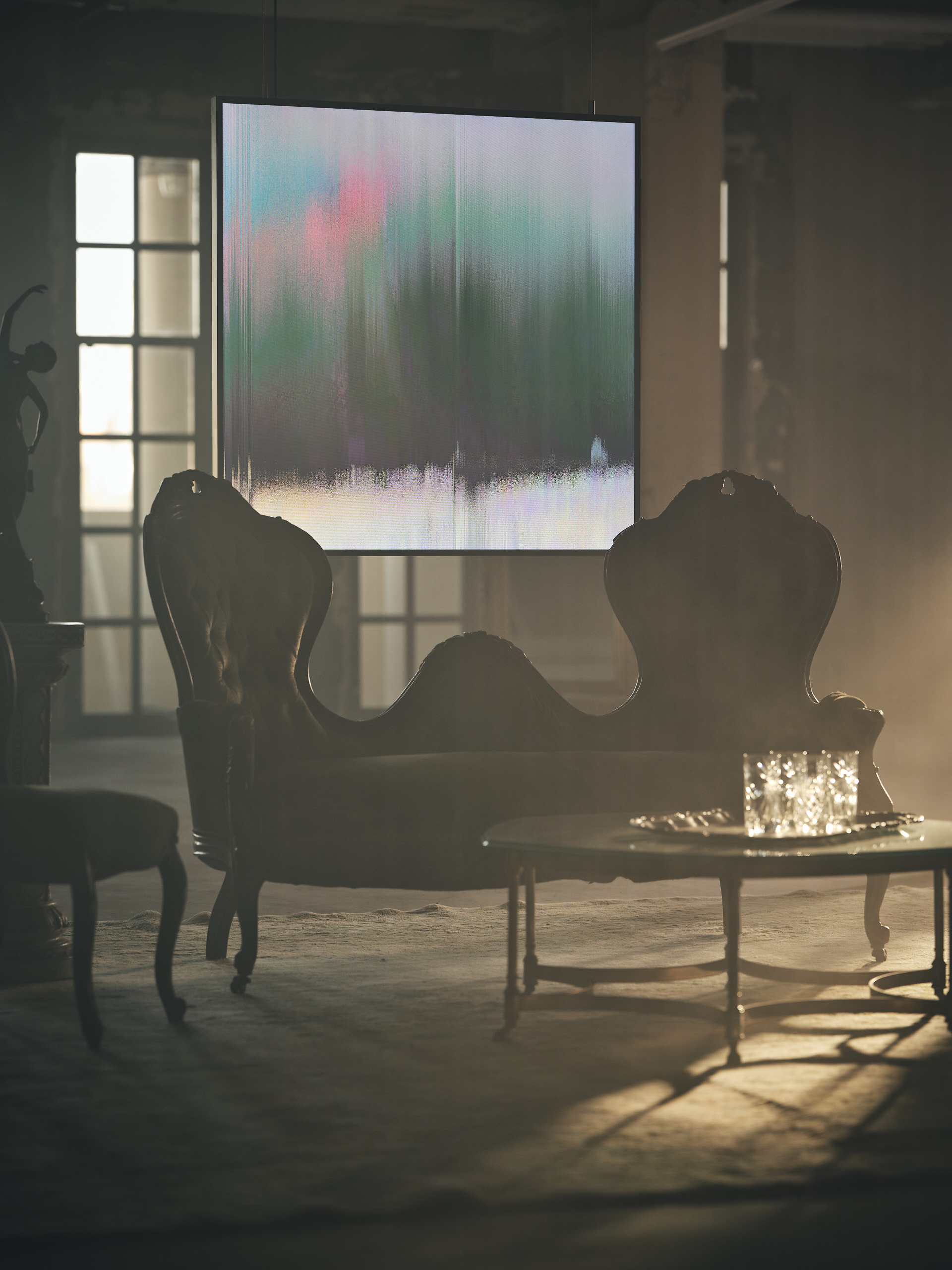
The Layer Canvas, showing ‘Richter’ by Leander Herzog & Richard Nadler
(Image credit: Layer)
TOPICS
